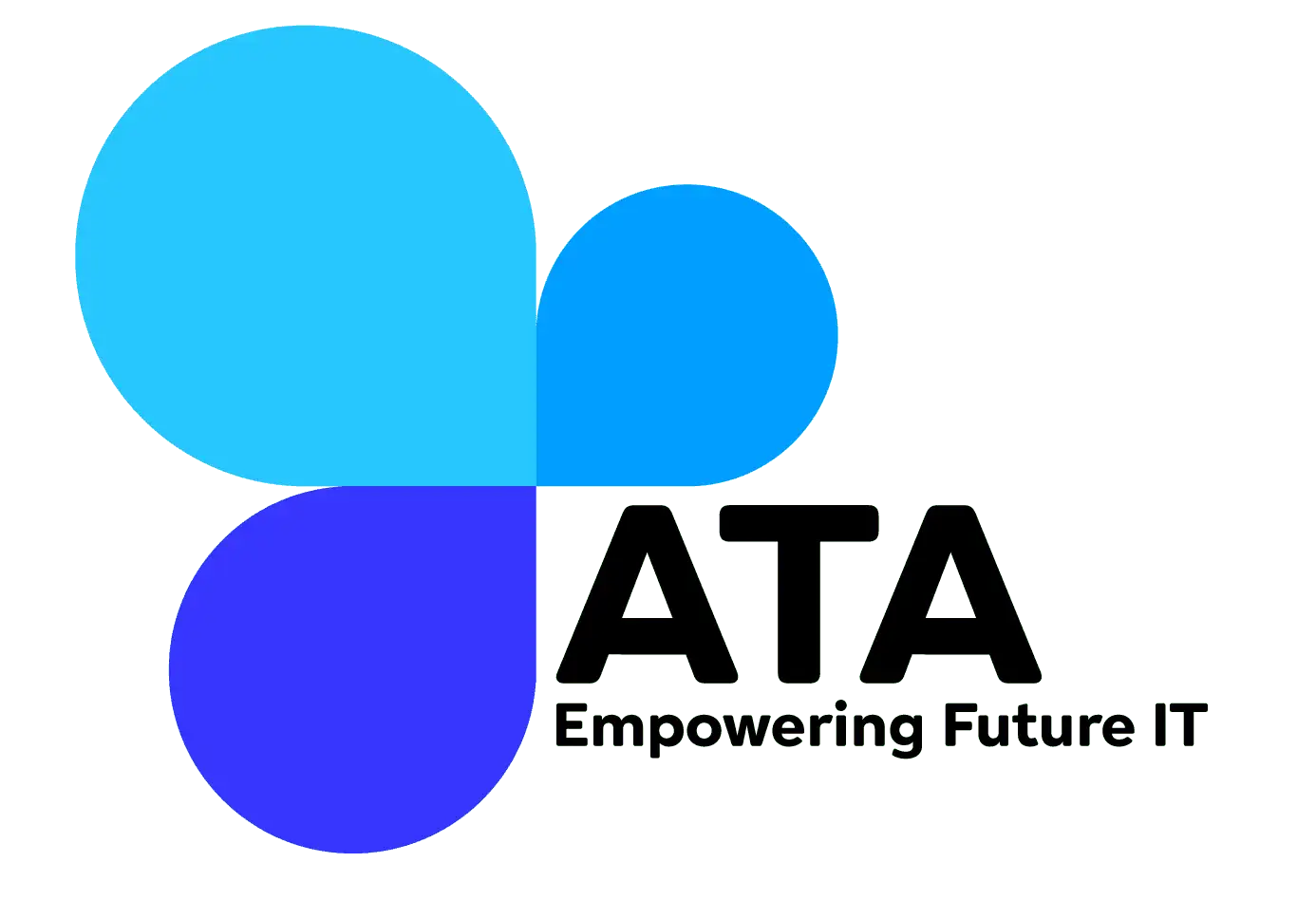In an age where smartphones, video games, and social media platforms are vying for our attention, it’s no surprise that educational technology has started to take cues from these “addictive” systems. Enter Addictive Learning Technology (ATA) a new wave of digital tools designed not just to educate but to engage and even entertain. ATA brings gamification, personalized learning experiences, and real-time feedback to the forefront of modern education. But with its promise of greater engagement comes a critical question: How do we balance the benefits of these technologies with the risks of overuse?
In this post, we’ll explore what ATA is, how it’s transforming education, and whether the line between “engaging” and “addictive” is one we should be wary of.
What is Addictive Learning Technology (ATA)?
Addictive Learning Technology (ATA) refers to educational tools and platforms that use principles of gamification, psychology, and personalized learning to keep students hooked on the learning process. These platforms aren’t just about delivering information—they are designed to make learning feel rewarding, immersive, and even fun, much like a well-crafted video game.
Key Elements of ATA:
1. Gamification: This involves integrating game-like elements—such as levels, rewards, and challenges—into learning processes. Think of platforms like Duolingo, which uses streaks and badges to encourage consistent use and completion of lessons.
2. Personalized Learning ATA often uses data to adapt content to the learner’s pace and preferences. This creates an individualized experience, where students can follow their own learning path, much like how streaming services recommend content based on user
3. Real-Time Feedback and Rewards: Instant feedback is one of the most addictive elements of ATA. Whether it’s a simple “correct answer” prompt or a more complex scoring system, these features keep students engaged by offering immediate gratification and reinforcing positive
4. Social Learning Features: ATA can also incorporate social elements like leaderboards, challenges, or collaborative features that the Power of Engagement: Benefits of ATA in Education
The allure of ATA lies in its ability to boost engagement a critical factor in improving learning outcomes. When students are actively engaged, they are more likely to retain information, persist through challenges, and take ownership of their learning. Here’s how ATA is revolutionizing education:
1. Increased Motivation: Traditional learning environments can sometimes feel monotonous or disconnected from students’ interests. ATA, however, taps into intrinsic motivations by rewarding progress, fostering competition, and enabling students to feel a sense of achievement. It’s why kids are more likely to spend hours mastering a video game than studying for an exam!
2. Personalized Learning Journeys: With ATA, every student gets a learning experience tailored to their needs. Adaptive learning technologies can adjust difficulty levels in real-time, provide targeted interventions, and help struggling learners get back on track without slowing down the whole class. This means more students can engage at their own pace and skill level.
3. Enhanced Retention and Learning Outcomes: Gamified elements, like levels and point systems, mimic the driven rewards system found in many digital platforms. Studies suggest that these tactics can improve memory retention and learning outcomes. For example, interactive simulations and quizzes that reward progress can help reinforce complex concepts, making learning feel more like a game than a chore.
4. Promoting Lifelong Learning: ATA also encourages a mindset of continuous learning. By making learning fun and rewarding, these technologies can instill a love of learning in students that lasts beyond the classroom. The concept of “learning through play” isn’t just for children it can be a powerful approach for all ages.
When Does Learning Technology Cross the Line?
While ATA has its benefits, it’s important to be cautious about how it’s implemented. The same features that make ATA engaging can also lead to excessive use or even dependency, raising ethical concerns about the technology’s impact on students’ well-being.
Potential Risks of ATA:
1. Addiction to Rewards: ATA’s heavy reliance on rewards, instant feedback, and gamification can create dependency on external validation. This can diminish intrinsic motivation and make students more focused on the “game” aspect than the actual learning process. When students are only motivated by points or badges, they might lose sight of the true value of the content they’re learning.
2. Screen Time Concerns: With the rise of ATA, there’s a risk that students could spend more time on screens than engaging in other essential activities—such as physical exercise, face-to-face social interaction, or even unstructured play. In an educational environment where technology is ubiquitous, it’s important to find a healthy balance.
3. Data Privacy and Security: ATA often relies on data collection to personalize the learning experience. This raises concerns about how student data is stored, shared, and used by third parties. Educators and developers must ensure that privacy protections are in place to safeguard student information.
4. Diminishing Focus on Deep Learning: The quick-feedback, high-reward environment that ATA promotes might also contribute to a shift toward **surface-level learning. Students might prioritize completing tasks quickly or gaining rewards rather than deeply understanding the material. This “checklist mentality” could undermine the development of critical thinking skills and long-term retention.
Finding the Balance: Best Practices for Using ATA in Education
To harness the power of ATA while minimizing its risks, here are a few best practices for educators, parents, and developers to consider:
1. Set Boundaries on Screen Time: Encourage students to engage with ATA in a balanced way, ensuring that it doesn’t replace other forms of learning and personal growth. Scheduling regular breaks and encouraging offline activities can help.
2. Focus on Meaningful Learning:*Ensure that gamification and rewards are used to enhance—rather than replace—deep learning. The content should always come first, with the engagement tools serving as a supplement to help students understand and retain it better.
3. Monitor Data Use: If you’re using ATA in your classroom or child’s learning journey, make sure you understand how their data is being collected, stored, and used. Prioritize platforms with strong privacy protections.
4. Foster Intrinsic Motivation: Use ATA as a way to spark students’ curiosity and excitement, but encourage intrinsic motivation by highlighting the real-world relevance of what they’re learning. Remind students that learning isn’t just about winning rewards—it’s about gaining knowledge and skills that will help them in life.





